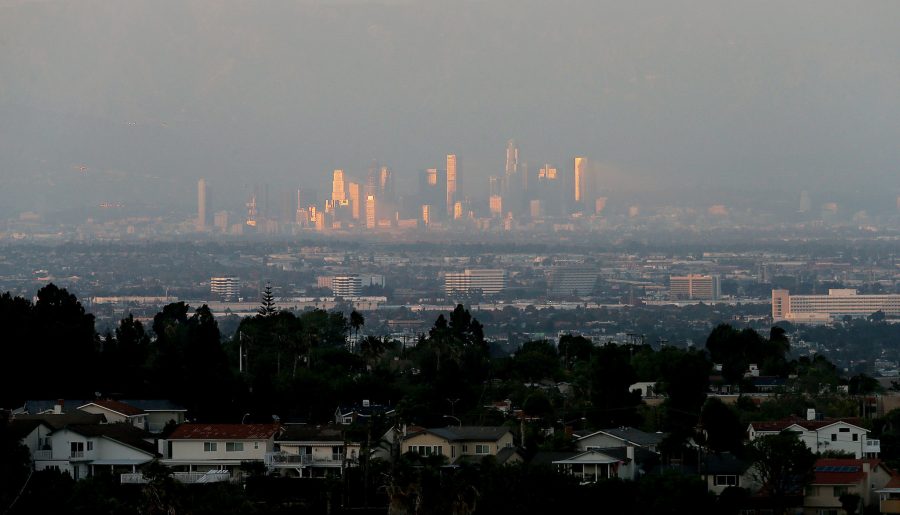Pollution Hits Hard
According to the World Health Organization, environmental pollutants lead to the death of an estimated 1.7 million children each year. The causes of death range from unsafe water to poor hygiene practices. According to the report, one out of every fourth deaths among young children are related to environmental pollutants and hazards.
“A polluted environment is a deadly one, particularly for young children,” says Dr. Margaret Chan, WHO Director-General. “Their developing organs and immune systems, and smaller bodies and airways, make them especially vulnerable to dirty air and water.”
Exposure to harmful substances can start in the mother’s womb, which increases the risk of premature birth. Plus, when infants and preschoolers are exposed to to indoor and outdoor air pollution and secondhand smoke, they have a lifelong risk of respiratory disease and children are more susceptible to pneumonia. Additionally, this exposure can cause an increase risk of heart disease, strokes, and even cancer.
It is thought that 90% of the air that the world breathes violates guidelines setup by WHO.
The top 5 environmental causes of death among children under 5 are respiratory infections, diarrhea, death in first month of life, malaria, and unintentional injuries. Respiratory infections claim 570,000 lives, diarrhea takes 361,000, 270,000 children die in the first month of life, 200,000 die because of malaria, and 200,000 die because of unintentional injuries.
The report states that the rise of electronic and electrical waste is becoming a concern. If these materials are not disposed of correctly, they can expose children and adults to toxins that can cause bodily harm and harm our intelligence. Additionally, climate change is leading to a rise of pollen growth and asthma. It is thought that 44% of children with asthma are linked to environmental exposures.
“Both indoor and outdoor air pollution have an important effect on the health and development of children, and not just in the stereotypical ‘polluted cities’ context but also for very poor rural families who cook indoors,”said Joy Lawn, professor of maternal reproductive and child health epidemiology at the London School of Hygiene and Tropical Medicine. “Clean water is taken for granted by families in high-income countries, and yet those children in the hottest climates, facing the greatest risks of infectious diseases, are the very ones with least access to clean water.”
The WHO report is calling for action to be done about the pollution in the world. Action needs to be done to solve this growing problem and everyone must pitch in to help. We have to think about the future, and we must protect the generations to come.

Nicholas Headley is a senior and a Journalism student.
Nicholas is involved in marching and concert band, Drama Club, Student Council, and is a member...



